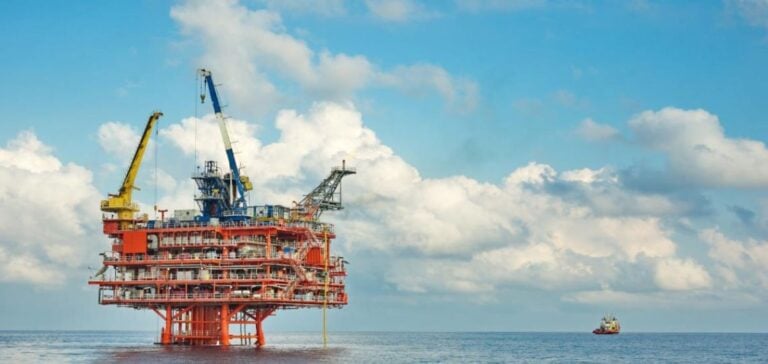CNOOC Limited (China National Offshore Oil Corporation) has announced the commencement of production at its Jinzhou 23-2 oilfield development project, located in the northern Bohai Sea. This strategic project is notable as the first offshore heavy oil thermal recovery project in China, employing advanced techniques to optimize extraction.
This development involves the installation of two new central processing platforms in an average water depth of approximately 13 meters. The project plans to drill 67 wells, including 65 production wells and 2 water source wells. Production is expected to reach a peak of 17,000 barrels of oil equivalent per day in 2027.
Technological Innovation in Offshore Oil Extraction
The Jinzhou 23-2 project employs an innovative method combining “steam stimulation” with “chemical auxiliary steam flooding.” This approach reduces the viscosity of heavy crude oil, improving the efficiency of resource utilization. The goal is to overcome the challenges posed by the complex nature of offshore heavy oil extraction, which is often considered less economically viable.
These advanced techniques represent a significant milestone in improving the productivity of China’s offshore oilfields while promoting more sustainable energy resource exploitation.
A Crucial Support for Regional Energy Supply
The project is expected to significantly bolster the energy supply for the strategic regions of Beijing, Tianjin, and Hebei. This initiative aligns with China’s efforts to diversify its energy sources and reduce dependence on imports.
Moreover, the development of Jinzhou 23-2 reflects CNOOC’s commitment to integrating modern technologies to meet growing energy demands while enhancing operational efficiency.






















